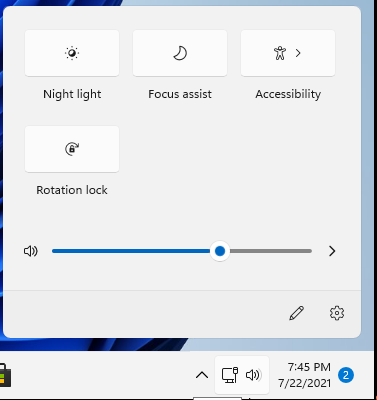

Orexin, also known as hypocretin, is a neuropeptide that regulates sleep-wake cycles and REM sleep 14, 15, 16. Thus, the underlying genetic contribution to IH is poorly understood. Meanwhile, no significant associations between IH and HLA have been observed 12, and no other genetic variants associated with IH have been clearly identified 13. A GWAS of KLS found a significant association with variants in TRANK1 region and links between KLS, circadian regulation, and bipolar disorder 11. Kleine-Levin syndrome (KLS) is a rare sleep disorder characterized by recurrent episodes of hypersomnia and is associated with cognitive disturbances and behavioral abnormalities. A GWAS of Pandemrix-associated narcolepsy type 1 was performed, and GDNF-AS1 was identified as a novel genetic factor 10. A significant association between the onset of narcolepsy type 1 and exposure to Pandemrix in children and adolescents was reported in Finland and Sweden 9. When the 2009 influenza A (H1N1) pandemic was declared, the AS03-adjuvanted vaccine Pandemrix was used in several European countries. Genome-wide association studies (GWAS) of narcolepsy type 1 have identified more than 10 genomic loci involved in immune and metabolic pathways 6, 7, 8.

The human leukocyte antigen (HLA) class II region is strongly associated with narcolepsy type 1 and type 2. A high proportion of IH patients (26.9–39.1%) reported a family member with excessive daytime sleepiness 3, 4, 5. However, the exact prevalence of IH remains unknown due to the absence of epidemiological studies. IH is a rare disease and is estimated to affect approximately 0.005% of the general population 3. The onset of IH is most frequently during adolescence or young adulthood 2. However, patients with IH do not display cataplexy or REM sleep abnormalities. Patients with narcolepsy type 1, which is a well-recognized type of central disorders of hypersomnolence, exhibit excessive daytime sleepiness, cataplexy (sudden loss of muscle tone in response to strong emotion), and abnormal rapid eye movement (REM) sleep. Idiopathic hypersomnia (IH) is a rare heterogeneous disorder characterized by prolonged and disabling excessive daytime sleepiness (intolerable sleepiness in the daytime) 1. These results indicate that a subgroup of IH is associated with decreased orexin signaling, which is believed to be a hallmark of narcolepsy type 1. We also confirmed that the prepro-orexin peptides themselves transmitted less signaling through orexin receptors than mature orexin-A and orexin-B peptides. In both PCSK1 and PCSK2 assays, the cleavage efficiency of the mutant peptide was lower than that of the wild-type peptide. The difference in cleavage efficiency between wild-type (Gly-Lys-Arg GKR) and mutant (Gly-Arg-Arg GRR) peptides was examined by assays using proprotein convertase subtilisin/kexin (PCSK) type 1 and PCSK type 2. Two forms of orexin (orexin-A and -B) are generated from cleavage of one precursor peptide, prepro-orexin. We identified a rare missense variant (g.42184347T>C p.Lys68Arg rs537376938) in the cleavage site of prepro-orexin that was associated with IH (minor allele frequency of 1.67% in cases versus 0.32% in controls, P = 2.7 × 10 −8, odds ratio = 5.36). We performed a variation screening of the prepro-orexin/hypocretin and orexin receptors genes and an association study for IH in a Japanese population, with replication (598 patients and 9826 controls). No susceptibility loci associated with IH have been clearly identified, despite the tendency for familial aggregation of IH. In contrast to narcolepsy type 1, which is a well-defined type of central disorders of hypersomnolence, the etiology of IH is poorly understood.

Idiopathic hypersomnia (IH) is a rare, heterogeneous sleep disorder characterized by excessive daytime sleepiness. Npj Genomic Medicine volume 7, Article number: 29 ( 2022) A rare genetic variant in the cleavage site of prepro-orexin is associated with idiopathic hypersomnia


 0 kommentar(er)
0 kommentar(er)
